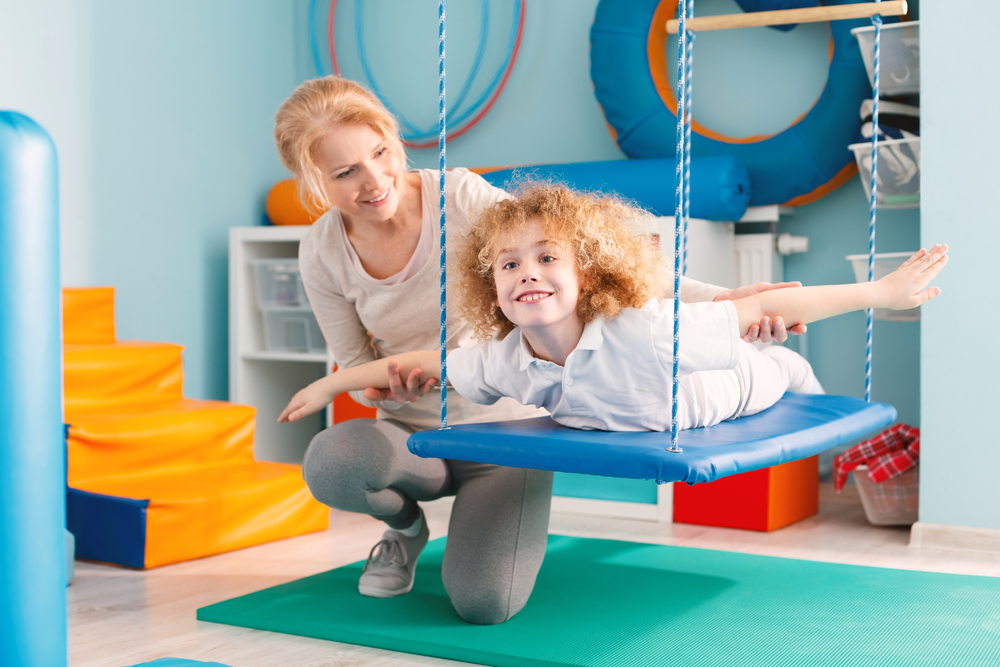For some kids, the brain and the hands don’t work as well. When this occurs, these children may struggle to perform in school and interact with others simply because they are not comfortable with certain activities or interactions. These symptoms could result from a developmental delay or a struggle that requires additional support. Occupational therapy exists to supplement problems and provide a chance to strengthen these areas. There are numerous benefits to seeing pediatric occupational therapy and incorporating lessons at home.
How Does Occupational Therapy Help Your Child?
Some kids suffer from sensory issues stemming from pulls in the muscles or nerve damage at birth. For instance, little ones with Erb’s Palsy struggle to feel textures and stimuli because of birth defects. Early intervention with sensory processing activities may assist in restoring these sensations. The occupational therapist assesses the concerns and creates a plan to trigger the appropriate responses over time.
Emotional development may be hindered when the body’s senses are not intact. Kids react with frustration or anger when experiencing discomfort. Specialists understand how to teach appropriate responses to these challenges, including learning how not to hit or act out.
Sports for some kids is natural. Others have a hard time catching a pass because hand-eye coordination is weak. Therapists retrain the eyes to work with the hands, making the field a more comfortable environment. This strengthening could assist with socializing and self-esteem.
Learning to hold a pencil, draw within the lines and cut with scissors may seem like minor lessons. They are the beginning of fine motor skills. Without them, completing work in school or life becomes challenging. Therapists aid in making these tasks more natural.
What Can You Try at Home?
While it’s best to consult professionals for assistance, parents may try some things at home to see if a child responds well to the concept. Much of occupational therapy involves allowing the brain to adapt to stimuli. Let kids do things that blend the senses. Have a sensory bin set up. This fun time could be a bucket of sand filled with toys and a cup or shovel. Mold playdough figures. Not only does this help the fingers grow accustomed to the squishy sensation, but the task involves visualizing and patience. Play on a swing, and colour pages. Focus on tranquillity for anger, and learn to distract with quiet yet busy activities.
Kids are all different. Their needs vary depending on how they develop. Sometimes those struggles aren’t just growing pains. With the right occupational therapist at your side, outbursts may diminish and productiveness could increase.







